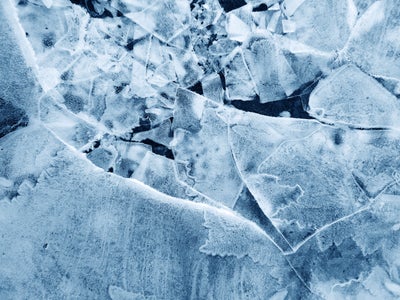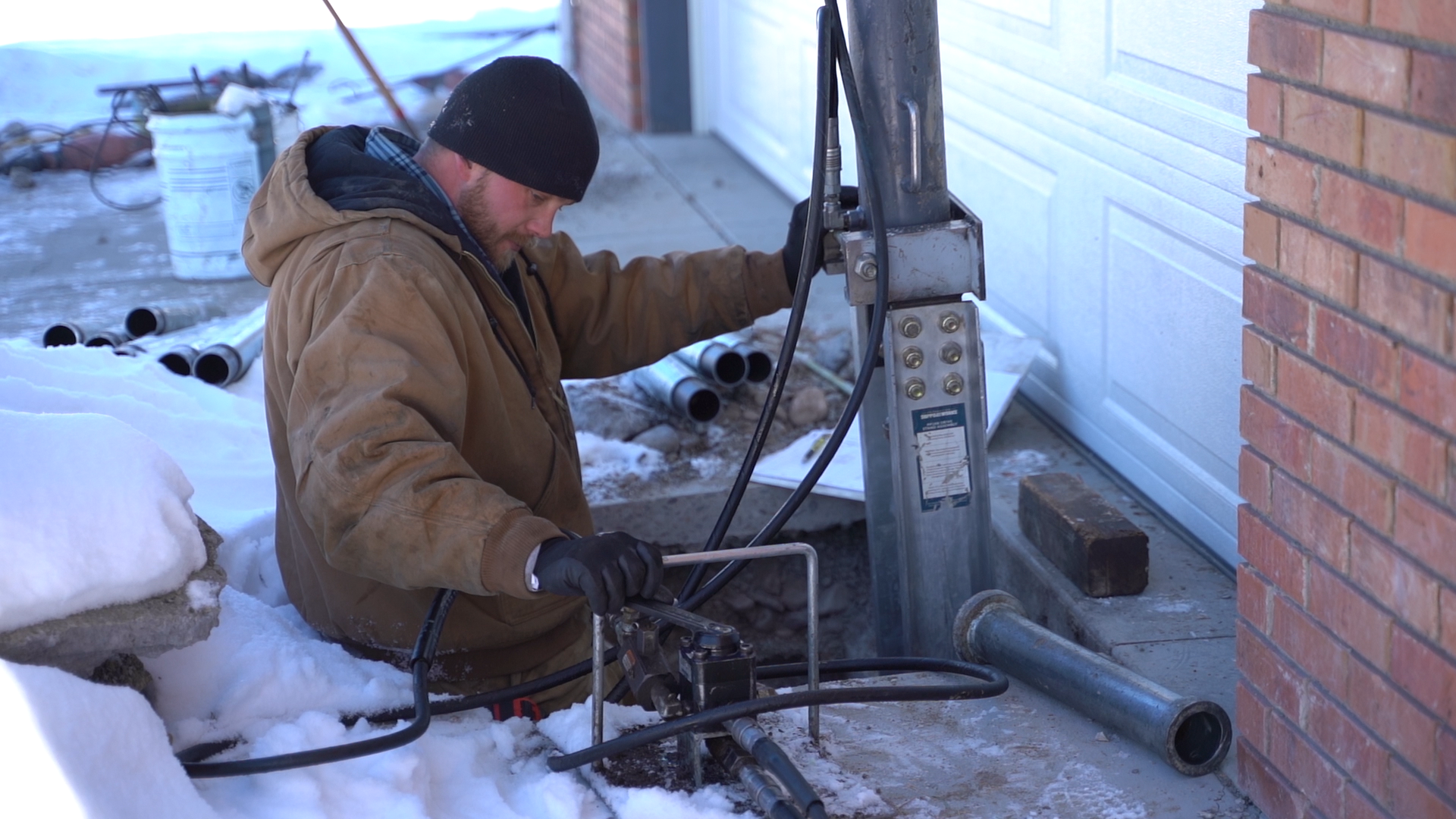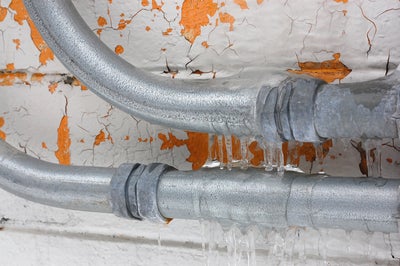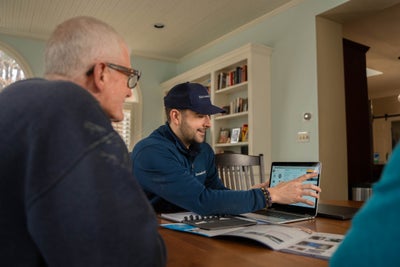Polar Vortex and Your Foundation

When frigid Arctic air moves into lower latitudes, it creates extreme cold snaps that can result in cold weather foundation damage. This extreme cold phenomenon is called a polar vortex. These sudden temperature drops can cause frost heave, soil shifting, and hydrostatic pressure, all of which jeopardize the stability of your home.
The effects of a polar vortex on your home’s foundation can be severe if proper precautions aren’t taken. To avoid costly foundation repair in winter, it’s crucial to understand how to protect your foundation from a polar vortex. In this article, we’ll explore the best ways to winterize your foundation against damage, and how the experts at Groundworks can help.
What is a Polar Vortex?
A polar vortex is a massive low-pressure system of cold air that typically circles the Arctic. While it usually remains near the North Pole, it can occasionally weaken, pushing frigid air into regions unaccustomed to such extreme temperatures. These cold waves bring a heightened risk of polar vortex foundation effects, such as soil freezing and expansion.
When this happens, regions unaccustomed to such intense colds can experience sharp drops in temperature. These cold snaps can last for days or even weeks, bringing harsh winter weather conditions. Understanding what a polar vortex is and how it operates is key to recognizing the potential impacts it can have on your home, particularly cold weather foundation damage.
Polar Vortex Foundation Effects
Extreme cold associated with a polar vortex has significant effects on your foundation:

- Frost Heave: Freezing and thawing cycles cause the soil beneath your foundation to expand and contract. This movement can push up parts of your foundation, leading to cracks and uneven settling.
- Soil Shifting: Frozen ground shifts the soil around your home, increasing the risk of structural misalignment.
- Hydrostatic Pressure: As frozen soil expands, it creates pressure against foundation walls. Without intervention, this can result in bowing walls, cracks, or even collapse.
Recognizing these polar vortex foundation effects is essential to mitigate potential risks. Proactive measures to winterize the foundation against damage can prevent these issues.
Spotting Foundation Damage After a Polar Vortex
After a polar vortex, your home’s foundation can be under serious strain. Extreme cold can cause shifts and damage that might not be immediately apparent. Knowing how to spot the signs of foundation damage is crucial to addressing issues before they escalate.
Identifying these signs early can save you from costly repairs and more severe damage. If you notice any of these issues, it’s essential to address them promptly to maintain the safety and stability of your home.
Preventing Foundation Damage
Preparing your foundation for a polar vortex is essential to avoid costly damage. Implementing a few key strategies can help safeguard your home from the extreme cold and its impacts.

- Insulation and heating: Ensure your home’s foundation is well-insulated to prevent freezing. Maintaining a consistent indoor temperature can also help minimize temperature-related stress on your foundation
- Proper drainage: Keep water away from your foundation by ensuring gutters are clear, and downspouts direct water away from the base of your home
- Regular inspection: Schedule routine checks of your foundation to catch any signs of trouble early, particularly before and after severe weather events
By taking these preventive measures, you can protect your foundation from the harsh effects of a polar vortex and maintain the stability of your home. Addressing insulation, drainage, and regular inspections will help you avoid potential problems.
Trust Groundworks to Protect Foundation from Polar Vortex

A polar vortex can put your foundation to the ultimate test, but with the right precautions, you can protect your home from severe damage. By understanding the impact of extreme cold, recognizing signs of potential issues, and implementing preventive measures, you can safeguard your foundation and maintain the integrity of your home.
At Groundworks, we specialize in identifying and repairing foundation issues before they escalate. To ensure your home is ready for the next cold snap, take advantage of our free foundation inspections. Contact us today to schedule your inspection and keep your home safe and stable through any weather.
Noticing problem signs in your crawl space?
Book your appointment today!
Foundation Repair FAQ
Poor drainage can lead to water accumulation around the foundation, causing soil expansion and contraction. Over time, this can weaken the foundation and lead to cracks and other structural issues.
It’s a good idea to have your foundation inspected every few years, or more frequently if you notice issues like uneven floors, cracks in walls, or sticking doors and windows. Regular inspections can catch problems early before they become more serious.
Foundation issues should always be addressed immediately. Minor cracks can sometimes be indicative of more serious structural concerns. It’s crucial to consult with foundation repair experts like Groundworks for a thorough evaluation and appropriate repair solutions.



